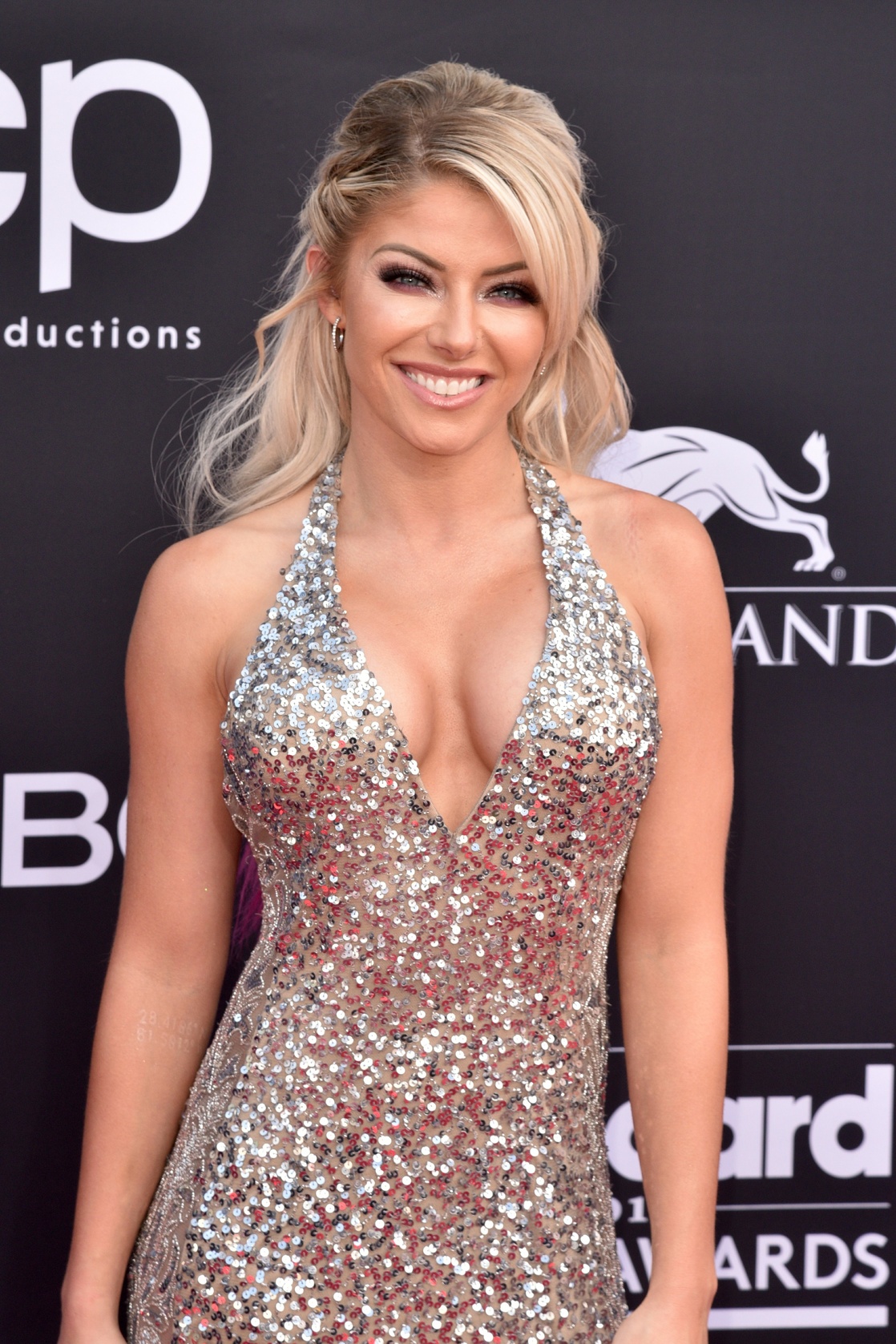Table Of Content
The script is not law, so feel free to go back and forth between sketching and writing to adjust what does not feel right. I like to scribble a lot in this phase and add comments on the side. Once you have some good ideas going, try to arrange the events while thinking of the pace of your story.
Plan the Comic Cover Content
Whether you're working traditionally or digitally, drawing the comic can feel like a daunting task. But at this stage of the process, your work doesn't need to be perfect. Focus on getting your comic drawn; you can work on perfecting it later during the inking stage. With our user-friendly interface and a wide range of templates, you can easily create your own masterpiece in just a few clicks. Let your imagination run wild as you design captivating characters, craft compelling dialogue, and set the stage for your unique stories.
Lettering and Typography
Check out the "items" category, or search for anything in the search bar. While there are no set rules in comics, it can be nice to have a couple to lean on in the beginning. As you continue to make comics, you will see that a lot is trial and error, but also that some techniques are common for a reason.
How to Make a Comic Book in 5 Superheroic Steps
Whether you’re storyboarding yourself or have professional help, take your time with this, and don’t move on to full illustrations until you’re happy with your storyboard. You’ll still need to adjust small things for the final product, but storyboarding should prevent mid-production disasters, potentially saving you a lot of time and money. Oftentimes, the way to get the most out of your comic book collaboration is to bring an illustrator onboard nice and early. By sharing your visions and getting on the same page, you’ll have the best chance of producing a comic book you’re both happy with, and with minimal friction.
How to Make a Comic Book Cover
By establishing your “hook” before you delve into writing and inking your comic, you will remain laser-focused on what gives your story an edge. An excellent resource for framing shots and visual storytelling, easily applied to comics. Jason Thibault has collected a list of submission guidelines for a lot of US manga and comics publishers. Use the templates as a quick guide to design clothes, hairstyle etc.
Step 8
In this tutorial we have gone over some common techniques used in comics, such as the 180-degree rule and the bird's and worm's eye view, to make it look more interesting. Notice how the vector path still has the rectangle shape. If you want to manipulate the shape of the panel more, it can be useful to only have a few anchor points to work with. From here we add the panel content group to the selection. With everything selected, we right-click and choose Make Clipping Mask from the dropdown menu. Just below the top menu you can find some option buttons for your imported image.
Create your perfect cover image
Use variations of speech bubbles to portray characters' emotions. Use widely spaced speech bubbles to suggest a long pause & longer text within one small text box to suggest the character is rambling. For example, your caption could be within your panel in a colored rectangle box with more formal text. The tone is descriptive - differing from the conversational tone your characters use in their dialogue. They also help the reader break down the story and follow your storyline.
5 AI Tools to Help You Create Simple Comics - MUO - MakeUseOf
5 AI Tools to Help You Create Simple Comics.
Posted: Sat, 28 Oct 2023 07:00:00 GMT [source]
Gutters refer to the white space between two panels within a comic book. They are important because they bring closure to one scene and help transition to the next. Without them, your image would appear as one continuous shot and bring no closure to the scene.
Fine, crisp lines can give a clean feel, suitable for high-tech or futuristic settings, while rough, uneven lines might be used to evoke a darker, more organic atmosphere. With various templates to choose from, create a comic book with different settings, characters, and objects to bring your story to life. With our built-in text features, you can create a dialogue between characters and add captions to tell your story. Sound effects are a great way to make your comic book story more expressive and depict vivid scenes happening within the plot. The panel refers to the border outline that encapsulates a single scene or frame in your comic book. Panels are a fundamental element of a comic book layout and are used to portray one complete thought or idea in one shot, separating scenes into sections.
I start by opening a new document in Illustrator, with the A4 size preset. From the File menu I choose Place to import my sketch onto the Artboard. This is to show that the image is linked but not embedded in the document. That means that if you should move the image source file, Illustrator cannot load the image. When drawing the content within the frame, think of it as if you are a camera operator. Depending on which angle the camera is filming from, whatever is in the frame will look a certain way.

It does not have to be the usual squares and rectangles. Having a circular, star shaped, or wavy panel can give a different feeling or give information to the reader. For example, the wavy panel is often used as a way of saying that what is happening within the panel is a fantasy, dream or memory, and not part of the present narrative. A striking comic book cover can also go a long way toward generating sales, so give yourself time to get it just right.
Make sure the colors you assigned to certain characters and scenes match the cover. Bright, vivid, primary colors (red, yellow, blue) work well for straightforward action comics or funny narratives. Rich, warm tones (deep turquoise, navy, magenta, gold, purple) are strong choices for moody dramas or mysteries. A black and white color palette creates a stark, dramatic feel that can work for any genre.
You can search online, visit comic bookstores, read blogs by comic book illustrators, or ask friends and comic fans to talk about their favorite covers. Once you start examining comic book cover designs with a critical eye, you will see patterns—like which character poses and text placements work well and which don’t. Are you ready to dive into the exciting world of comic strips? Our creator is the perfect tool to unleash your creativity and bring your ideas to life. If you’ve finished the interior drawings, you know the color palette you are working with.
Understanding a character’s history, motivations, and desires provides depth and drives their actions within the story. Next, consider their physical appearance, ensuring it matches their personality and background. For instance, a brooding character might have darker, more imposing visuals, while a lighthearted one could have brighter, softer features.
Comic book lettering is a distinct art form of its own, and is very important in creating a polished final product. Conventionally, your lettering should be capitalized, and framed by balloons or boxes. Some artists choose to cut out the middleman and share their artwork directly with their social media followers. One example of an author doing this is The Eyes by Javi de Castro, a comic hosted entirely on the author’s blog. Even published comic book artists use their socials to share small comics, like Thomas Wellman’s Carmilla comics which he shares to Instagram. Working in Adobe Illustrator we can create a fast and flexible workflow by using clipping masks to create our comic panels, and the Effect menu to make wavy panels in no time.
You can just grab a sheet or two or three and draw pictures of your characters. Get some of the details out of your head and start to realize these characters on the page. Your characters might move around during their adventures, but you should think about the main location(s) for your story. You might find the next step helpful when thinking about your setting too, so we'll jump right to it. Try to push the forms and angles of your design and create signature looks by adding your own personal style and flavor to the design. That will get you noticed on the comic shelves and amongst the fans.

No comments:
Post a Comment